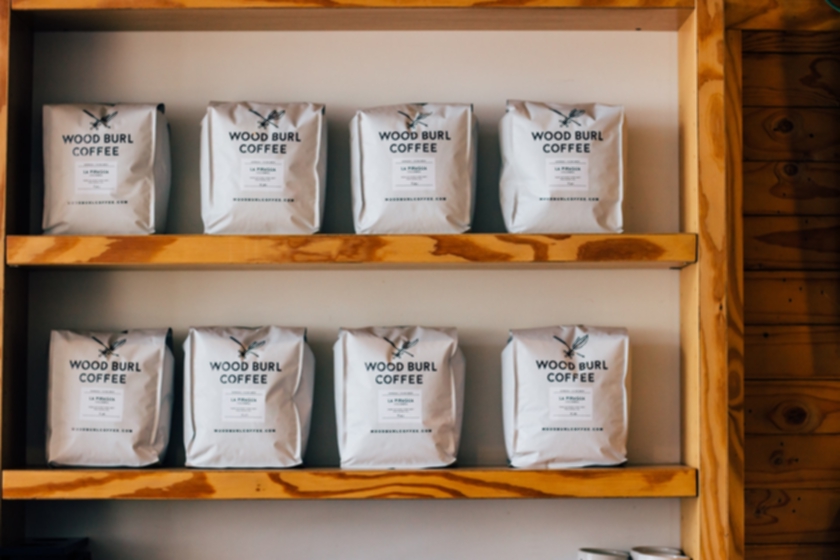What Is The Hole On The Coffee Bag?
If you've ever looked at a coffee bag, you'll notice that there's a button-like object on the back with a little hole in it, called a "valve".
The purpose of this device is to get the carbon dioxide out of the coffee bag because freshly roasted coffee beans have to be exhausted, which is more apt to feel like breathing.
The function of the air valve is to help the carbon dioxide of the coffee beans to be discharged. Therefore, for the coffee beans, the air valve is a device that allows only the air to go out, which effectively slows down the aging speed of the coffee beans.
Fresh Coffee Beans Release Carbon Dioxide
In the process of roasting coffee beans, part of the carbon dioxide of the coffee beans is released. Still, most of the carbon dioxide remains in the coffee beans, so the coffee beans will slowly exhaust the internal gas for about two weeks after roasting.
At this time, if the bag containing the coffee beans does not have an air valve to assist in the exhaust, the coffee beans in the coffee bag will continue to be exhausted, and the coffee bag will be over-inflated. If the storage environment creates a squeeze, it may burst the coffee bag and destroy the preservation of the coffee beans. (You may not find out after half a day or a few days when the coffee beans have deteriorated due to exposure to the air)
Air Damage To Coffee Quality
As mentioned at the beginning, the air valve of the coffee bag is a device that only goes out and does not enter, that is, a one-way air valve. The function of the air valve, in addition to discharging the gas of the coffee beans, can also prevent the outside air from infiltrating into the coffee bag, which affects the quality of the coffee beans.
In another article, we mentioned three factors that affect the quality of coffee beans: oxygen, humidity, and temperature. These will shorten the best-tasting period of coffee beans and destroy the quality of coffee beans. Therefore, it is very important to discharge the internal gas without letting air in.
Squeeze A Coffee Bag To Smell?
It should be noted that when the carbon dioxide is discharged, the aroma of coffee beans will also be released in large quantities, which is why we can smell a very good aroma from the air valve when we squeeze the coffee bag. Still, this smelling action is not the air valve of the coffee bag. The original intention of the design, because this carbon dioxide is actually one of the elements to keep the coffee beans fresh, the air pressure in the bag can also help the beans, and the squeezing action will also lose the aroma of the coffee beans and affect the quality of the coffee beans. Avoid squeezing the coffee bag to smell the aroma.
In addition, the air valve is also divided into high and low quality. When purchasing, you can confirm the air valve used in the coffee bag with the store, which can more effectively maintain the freshness of the coffee!
Summarize The Function Of The Air Valve
1. Moisture-proof: effectively maintain the dryness and mellow flavor of coffee beans, and the moisture in the air cannot escape into the bag.
2. Buffering: When the coffee bag is impacted during handling or dropped from a height, the air in the bag can be discharged from the one-way exhaust valve, reducing the impact caused by the residual gas in the bag and preventing the package from bursting.
3. Exhaust: After the coffee is roasted, the carbon dioxide in the bag can be effectively discharged to avoid the package bursting.
In addition, some people may have the experience of flying with coffee beans. You will find that the coffee bag is shriveled when you get off the plane, and it is packaged like a vacuum of rice. This will also affect the flavor and preservation of fresh coffee because of the cabin pressure. It will squeeze the air out of the coffee bag. At this time, just tape the air valve first and then put it into the zipper bag to protect the coffee beans. Try it next time to see if it works!
Visit roastercoffees.com for more coffee advice so you can brew better at home.
